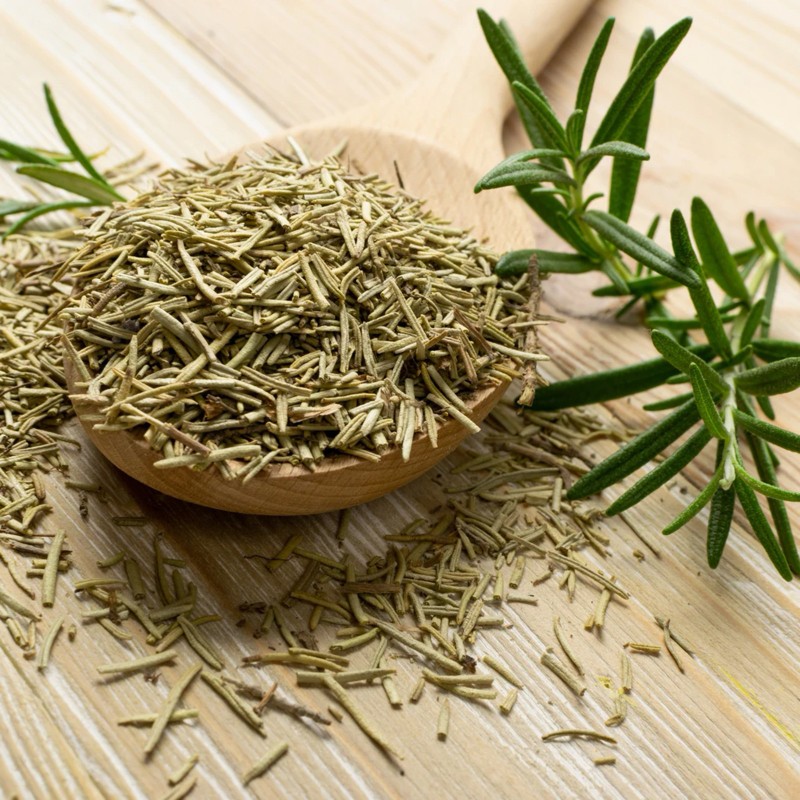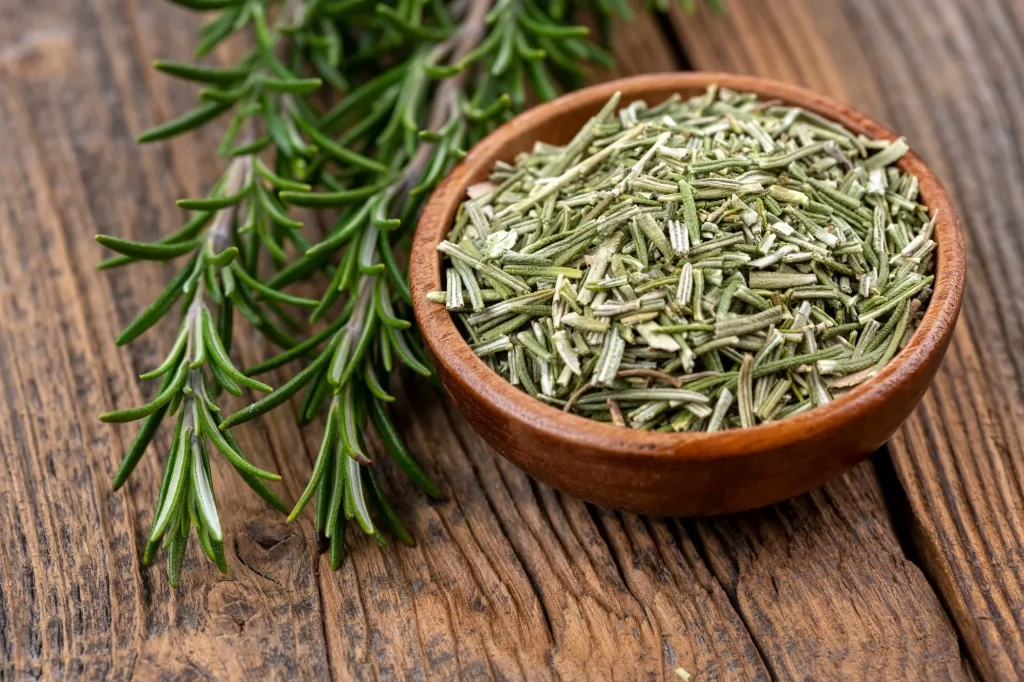
Rosemary (Rosmarinus officinalis) is a versatile and aromatic herb that has been cherished for centuries for its culinary, medicinal, and ornamental uses. This evergreen shrub, native to the Mediterranean region, is not only a flavorful addition to various dishes but also a beautiful addition to gardens and landscapes. In this guide, we’ll explore the cultivation of rosemary, offering tips on how to grow and care for this delightful herb.
Choosing the Right Location:
Sunlight: Rosemary thrives in full sunlight. Ensure your chosen location receives at least 6-8 hours of direct sunlight each day. In areas with hot climates, some afternoon shade may be beneficial.
Soil: Well-draining soil is crucial for rosemary. Sandy or loamy soil with a slightly acidic to neutral pH (6.0-7.0) is ideal. Good drainage prevents waterlogged roots, which can lead to root rot.
Container vs. Garden Bed: Rosemary can be grown in both containers and garden beds. Containers are suitable for those with limited space or those who want to control the soil conditions more precisely.
Planting Rosemary:
Propagation: Rosemary can be propagated from seeds, cuttings, or purchased seedlings. Many gardeners prefer cuttings for a more reliable and faster way to establish new plants.
Timing: In temperate climates, spring is the best time to plant rosemary. Ensure the last frost has passed before planting to prevent damage to young plants.

Spacing: If planting in a garden bed, space rosemary plants 2 to 3 feet apart to allow for proper air circulation.
Watering and Feeding:
Watering: Rosemary is drought-tolerant once established, so be cautious not to overwater. Water deeply when the soil is dry to the touch, but allow the topsoil to dry out between watering sessions.
Feeding: Rosemary doesn’t require frequent fertilization. Apply a balanced, all-purpose fertilizer in the spring, and avoid overfeeding, as this can lead to excessive foliage at the expense of essential oils.
Pruning and Maintenance:
Pruning: Regular pruning helps maintain the shape of the plant and encourages bushier growth. Trim the tips of the branches, and avoid cutting into old wood, as rosemary may struggle to regenerate from woody stems.
Harvesting: Harvest rosemary leaves as needed once the plant is established. The flavor is often more potent when the plant is not in bloom. Use sharp scissors or pruning shears to cut the stems.
Common Pests and Diseases:
Pests: Rosemary is relatively resistant to pests, but occasionally aphids, spider mites, or whiteflies may be an issue. Insecticidal soap or neem oil can be used for control.
Diseases: Well-drained soil helps prevent root rot, one of the main concerns for rosemary. Ensure good air circulation and avoid overwatering to reduce the risk of fungal diseases.
Conclusion:
Cultivating rosemary can be a rewarding experience for gardeners and culinary enthusiasts alike. With the right conditions and care, this aromatic herb will thrive and provide a fragrant addition to your garden and delicious flavor to your culinary creations. Whether you’re a seasoned gardener or a beginner, rosemary is a resilient and delightful herb to include in your home garden.
